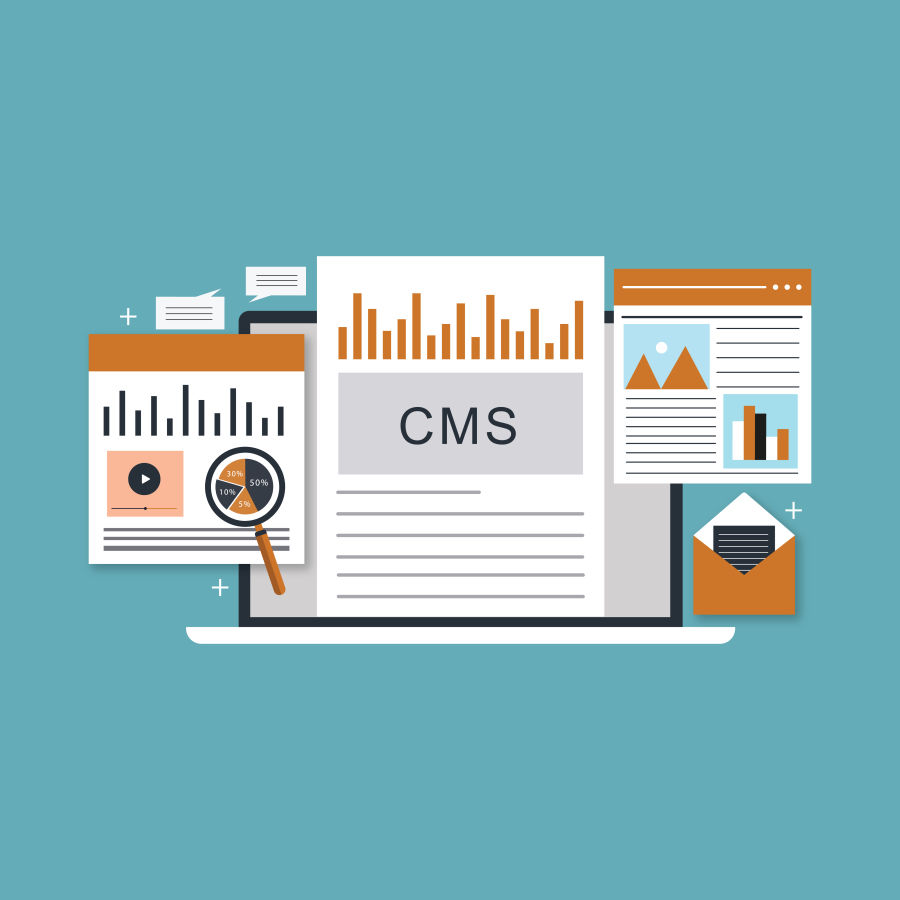//
Jul 31, 2019
Migrating From Adobe Business Catalyst™ | Transferring a Website
You’ve decided to migrate your current website from Adobe Business Catalyst™ to WordPress—or, more accurately, you’re being forced to.
Well, the good news is that this is pretty standard procedure. As technology shifts and advances the only certainty is that what works today will eventually be refined and evolve, necessitating those who want to remain relevant to keep up with updating their website. In the same way flocks of birds sensing the coming of colder weather take flight for warmer climates and abundant resources, by migrating your site, you are headed towards something better.
ADOBE BUSINESS CATALYST™ END OF LIFE & MIGRATING YOUR WEBSITE
It can be easy to feel overwhelmed and a little apprehensive when it comes to migrating your site. We put together a to help better educate you through the site migration process. The content, design and layout alone can be plenty to deal with, much less having to think about plug-ins, legacy data and other site-specific features. The important thing to remember is that you aren’t just abandoning Adobe Catalyst before its service is discontinued—you’re getting the , see it in new light and make changes to streamline function, organize data and content in meaningful ways. Look at this process as an opportunity to optimize your site to rank higher in search engines and to give your end users a much better experience.
Which brings us to WordPress. What exactly is it? WordPress is an open source content management system (CMS). . You can think of it like a living breathing framework for all your website’s content and functionality. WordPress is constantly being updated, improved and as its user base grows, it is establishing itself as the preeminent CMS and website platform. You can bet it’s going to be around for a while. Featuring a variety of plug-ins and scalable template systems, WordPress offers CMS solutions and services for the small businesses sites to the Goliaths, and everything in-between. WordPress currently powers of all websites on the web and holds over of the market share for CMS.
WordPress utilizes PHP and MySQL, as opposed to HTML—which can pose a problem if your plan is to scrape or “download” your current site and simply re-upload it on the WordPress platform. If only it were so easy. Even if you could download your current site and re-upload it to WordPress, you’d be asking a system designed in one language to try to decipher and speak another. Like trying to translate a book in Mandarin Chinese when you only speak some high school Spanish—you can see the kind of problems this language difference can pose. But don’t be discouraged.
While you can’t wave a wand or flip a switch and have your perfect solution for migrating your site spring into being, this challenge is really an opportunity. Critically examine your site’s layout, content and media to ensure that only what’s critical, engaging and useful makes the leap to the new site. Think of it as a little spring cleaning with the payoff being a streamlined and polished website (and maybe some quarters found hiding under the couch cushions).
To help identify what needs to stay and what isn’t needed when you migrate your site to WordPress, you can utilize website insights like analytics and heat-maps. Here comes the good news! While there may be some pain associated with the transition, once you migrate to WordPress things get back to smooth sailing. You’ll be able to edit copy, swap images, post blogs, display data in a variety of ways, organize menus and link to a bevy of plug-ins, all through an intuitive and straightforward user interface dashboard. No more late-night frantic emails to developers or tech support!
Now, before you go and pat yourself on the back (and you should), let’s do a little expectation management. With Adobe Catalyst set to end its service March of 2021, the time is now to come up with a migration plan.
Make sure you’re headed in the right direction with your Catalyst to WordPress migration! For more information, download our or contact us today to get started!







